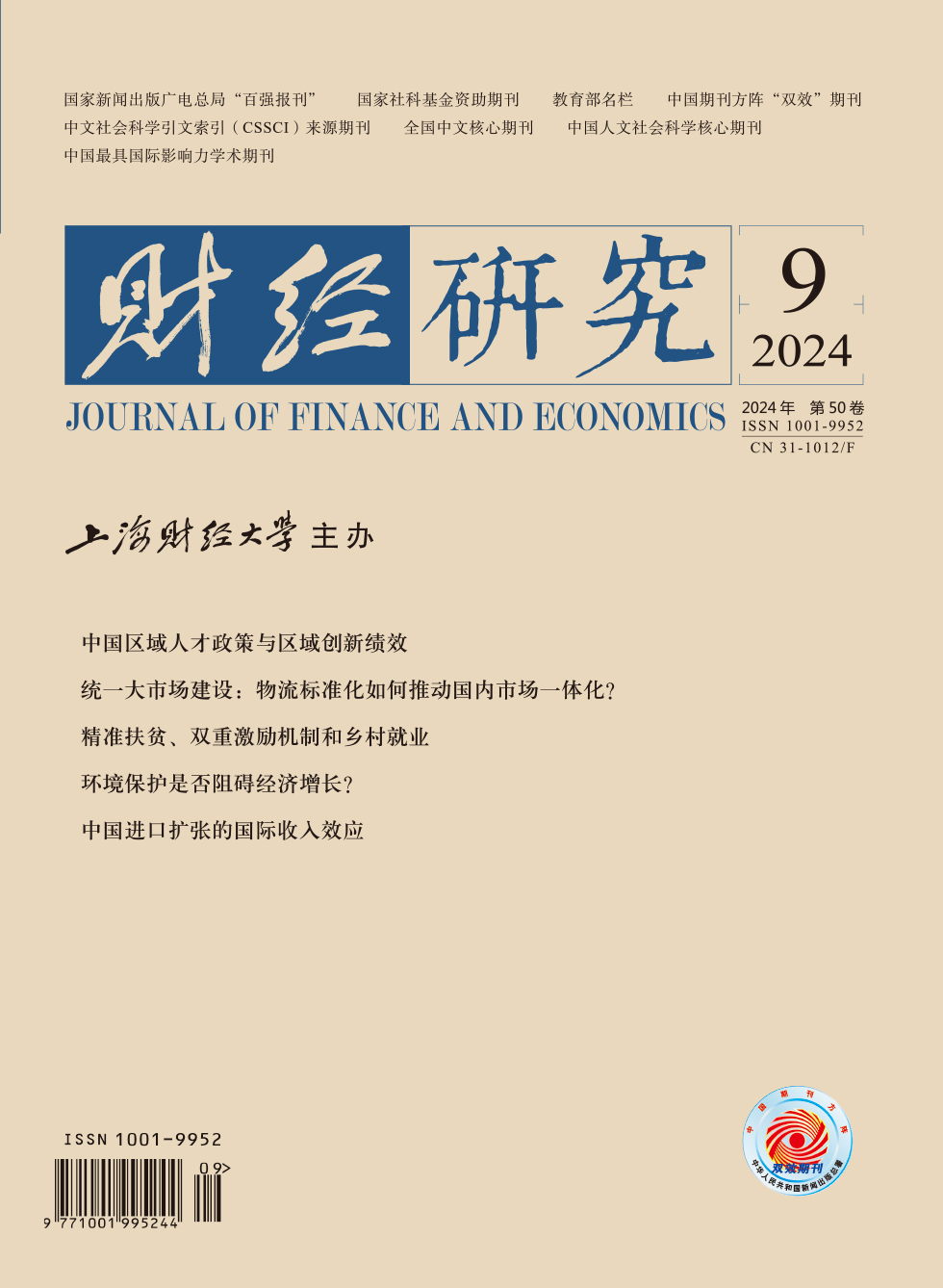Innovative government incentive design is a crucial institutional guarantee for China’s transformation from a factor-input-driven growth model to a TFP-driven one. Using the “Per-Mu Hero” reform policy implemented by the government as a case study, this paper constructs an analytical framework from the perspective of the government’s external incentives and evaluates the impact and mechanism of the policy on enterprise TFP. The study finds that the implementation of the policy increases enterprise TFP by 2.4%. Impact channel testing reveals that the policy enhances enterprise TFP mainly by improving land allocation efficiency, optimizing the labor structure, increasing capital investment efficiency, and promoting the green transformation of enterprises. Heterogeneity analysis shows that the promotion effect of the policy on TFP is most pronounced in enterprises with higher R&D investment and lower carbon emissions, capital-intensive enterprises, large-scale enterprises, and enterprises in regions with higher resource allocation distortions. Furthermore, the policy significantly reduces resource consumption and pollutant emissions without sacrificing residents’ employment and income.
The marginal contributions of this paper are as follows: First, it enriches and expands research on the economic effect of the “Per-Mu Hero” reform policy and supplements the literature on breaking institutional barriers of land factor mismatch. Second, it broadens relevant literature on policy and institutional factors behind changes in TFP. Third, it provides theoretical guidance and policy insights to ensure high-quality development of enterprises and regions through the promotion and implementation of the policy.
The insights from this paper are that: First, the government should actively promote the “Per-Mu Hero” reform policy and improve the government incentive design mechanism. As an innovative practice of local economic governance, the policy can foster the long-term development of enterprises by building a comprehensive evaluation mechanism of “Per-Mu Hero” benefits and implementing differentiated policies. Second, further promotion of the policy is needed to enhance resource allocation efficiency. To stimulate enterprise vitality, the government should allocate land, funds, and talents to the enterprises in need, requiring accurate identification of genuine “Heroes”. Third, enterprises should seize the opportunity presented by the “Per-Mu Hero” reform policy to transition from inefficient development paths to green and efficient ones. They should enhance their green technology innovation capabilities, improve staff skill training, optimize capital structures, and drive their healthy and sustainable development.





 2162
2162  2124
2124

